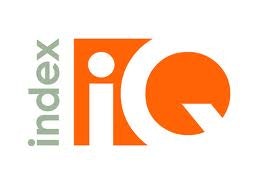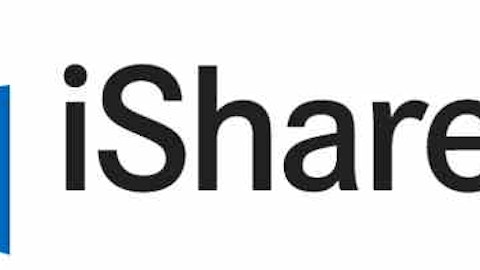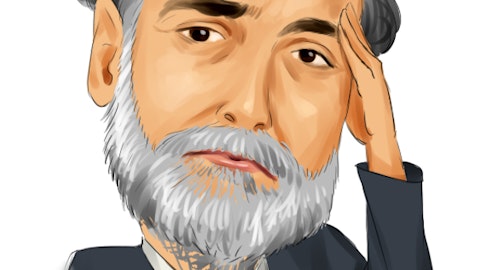
Currently, there are two ETF options available to investors; both come with their set of advantages and disadvantages, making each one more appealing to certain investors in some situations. Below, we outline the similarities and differences between the Index IQ ETF Trust (NYSEARCA:CROP) and Market Vectors Agribusiness (NYSEARCA:MOO) to help investors pick the right product for their goals.
Indexes & Holdings
When comparing their respective benchmarks, the key differences between Index IQ ETF Trust (NYSEARCA:CROP) and Market Vectors Agribusiness (NYSEARCA:MOO) quickly become evident. CROP is linked to the IQ Global Agribusiness Small Cap Index, which as the name suggests, holds a global portfolio of small cap companies engaged in the agribusiness sector, including: crop production and farming, livestock operations, agricultural supplies & logistics, agricultural machinery, agricultural chemicals, and biofuels. MOO on the other hand is linked to the DAXglobal Agribusiness Index, which is comprised of predominantly large cap companies from around the world that derive at least 50% of their revenues from the business of agriculture.
From a portfolio composition perspective, these ETFs are generally similar; both funds hold around 50 individual securities and allocate around half of total assets to the top ten holdings alone, although it should be noted that MOO is slightly more “top-heavy” than its competitor. MOO’s portfolio includes well-known stocks like Monsanto, Potash, and Deere & Co., while CROP features lesser-known businesses like Nisshin Seifun Group, Smithfield Foods, and Nutreco [see also Invest Like Jim Rogers With These Three Agriculture Stocks].
Digging deeper, we see that CROP is dominated by international mid and small cap stocks, dedicating only a fifth of its assets to U.S. equities. By comparison, MOO lies on the other end of the spectrum; this ETF is split 40/60 between U.S. and international stocks with a definitive tilt towards giant and large cap firms. From a country breakdown perspective, CROP features major allocations to Japan, the U.S., and China. MOO on the hand also has the U.S. as a top holding, although it also includes stocks from Canada and Singapore, which receive little to no representation in CROP’s portfolio.
From a trading standpoint, the two funds are apples and oranges as far as comparisons go. MOO has a hefty $5.6 billion in assets with an average daily volume topping 340,000. CROP, on the other hand, has just $36 million in assets and an ADV of 7,000. Keeping in mind that CROP is still in its infancy, the fund has grown quite nicely, but for active traders looking to quickly shift positions, MOO has the upper hand.
Performance & Fees
Comparing the two on historical performance is tough given that CROP debuted in March of 2011, while MOO has been around since August of 2007. Looking back, we see that MOO has been able to post both steep gains and losses; in 2008, this ETF shed 51%, only to gain 59% in 2009, 23% in 2010, and lose another 11% in 2011. From a year-to-date perspective, MOO is up close to 10%, while CROP is closely trailing behind with a gain of 9%.
The fee structure of these two products is another important factor that investors will need to take a close look at. CROP comes at a price of 75 basis points, not terribly expensive given the small cap nature of its exposure. MOO, however, charges just 59 basis points in comparison; while this certainly makes it the cheaper option, it is still relatively expensive for a large cap product. Unless you are a heavy hitter, the 16 point spread won’t impact you too much; a $10,000 investment would net to about a $16 annual fee difference in the two funds. But for those looking to make big bets, MOO’s cheaper expenses may save you a fair amount of money over the long term [see also Five Commodity ETFs Long Term Investors Should Run Away From].
Verdict
All in all, both funds come with a pretty solid methodology and make for enticing investment options. While no fund is better than the other, your investment style will certainly have an impact on which product is right for you. For the active trader, or risk-averse investor, MOO’s supreme liquidity and large cap structure will make for a stable investment. But CROP’s small cap build-out makes it a prime candidate for high growth, something that MOO cannot offer. Also consider that CROP has a much better diversity in its holdings than its competitor, which could have a significant impact over the long run.
This article was originally written by Stoyan Bojinov, and posted on CommodityHQ.




